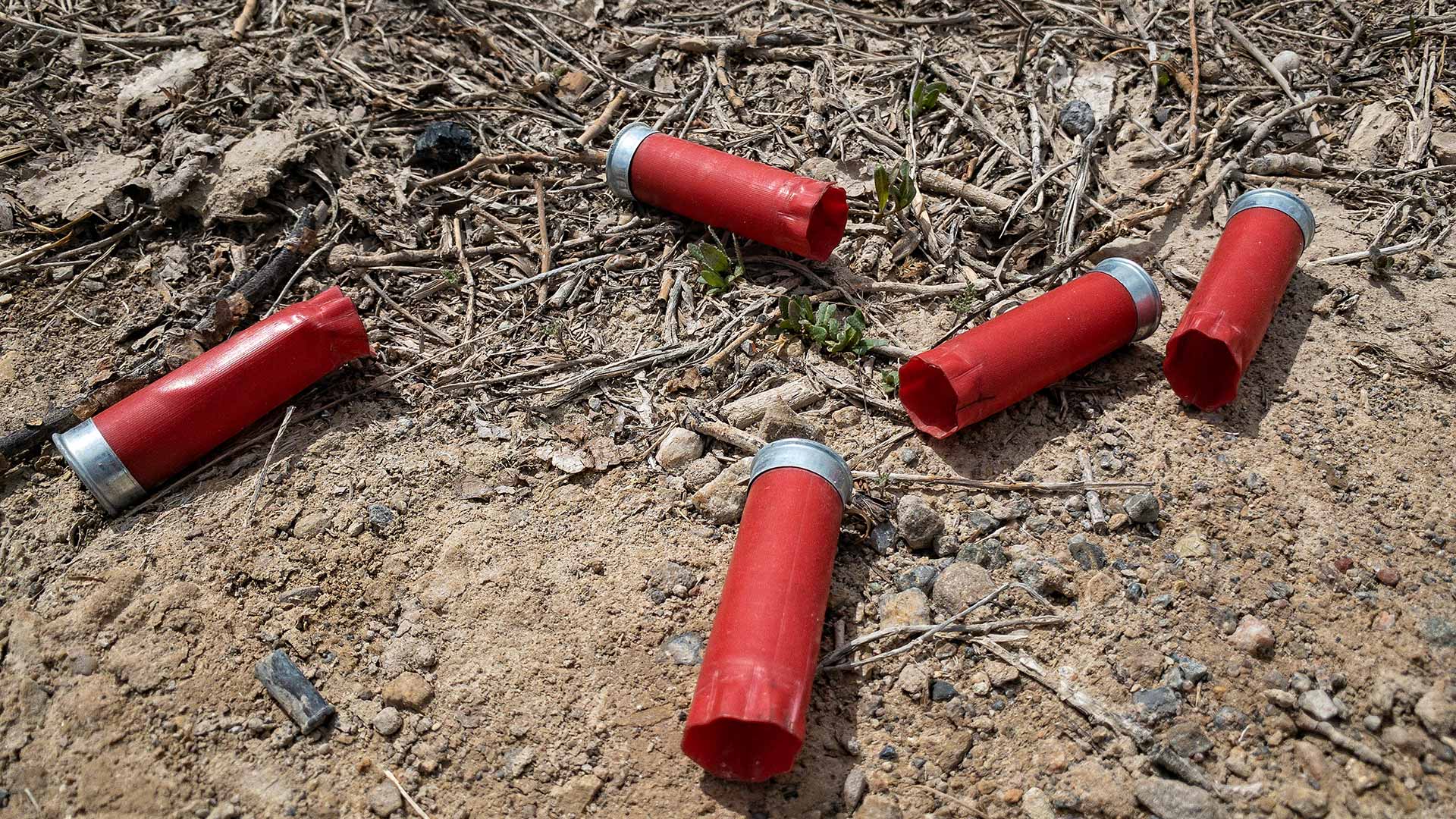
The COVID-19 pandemic has squeezed supply chains across a range of consumer goods in all kinds of industries and markets. For law enforcement, there has arguably been no greater impact than on the supply and distribution of ammunition.
Just as toilet paper flew off the shelves in the early days of the pandemic, panicked shoppers emptied stores of bullets and cleared out much of the stock, leaving local law enforcement agencies in a struggle to stay equipped for training and duty.
“You could just get it off the shelves; nowadays that is next to impossible and if you find it, you are paying a very high price for it,” explained Sidney Police Chief William Balling, who is also president of the Ohio Association of Chiefs of Police.
Doug Vance, co-owner of Vance Outdoors, a Columbus-based firearms and sporting goods store that sells to both retail customers and law enforcement, explained how the shortage is a result of an accumulation of factors such as the pandemic, civil unrest and fear of gun-control laws.
“You also throw in, at the beginning, you had some labor issues and shutdowns due to COVID at the manufacturer level. That, at some point, went back to normal. They’re producing at full capacity, and they have been for some time now, but they’re so far behind on orders,” he explained.
Then the protests over the killing of George Floyd brought on another surge in demand.
“Everyone was fearful for their personal safety,” Vance said. “And then it became ‘defund the police.’ Now people are again fearful that, if they defund the police, I need to become more reliant on myself to protect myself.”
The scarcity has forced law enforcement agencies in central Ohio to make several changes to their operations, especially when it comes to training.
Balling explained that training exercises account for the largest use of ammo by police officers.
“Even in a scenario-based training, each officer can go through 400 or 500 rounds of ammunition in a day,” he said. “We do a lot of variable training from getting out of the police cruiser, walking towards a target, when to stop firing when the threat goes down. When you’re talking about shooting, you can go through quite a bit of ammo.”
To stay adequately supplied, Balling said he is considering adjusting his department’s training operations. Instead of an extra session of range training, he is looking at changing to drills focused on decision-making and dexterity that require fewer cartridges.
Whitehall Division Police Chief Mike Crispen told a similar story to WBNS 10. He confirmed that departments are having to cut back on training exercises to save rounds for officers on duty.
“Things we call shoot, don’t shoot or target acquisition or decision-making before you pull the trigger. Those type of things have to be pulled back on because we don’t have the ammo for it,” he said.
They have also been cutting back on range training — keeping it to the state-mandated minimum 25-round course that officers must take once a year, which is not ideal, according to Crispen.
“That’s really not as much training as we would like,” he said. “That’s just to certify you can meet the minimum standards to shoot that firearm. It’s kind of like getting a driver’s license, but it doesn’t make you a professional driver. We want to make them professional when they shoot. The extra ammo is what we use to make them professional at what they are doing.”
Many departments are placing orders more than a year in advance, as well as stockpiling ammo just in case the shortage continues or gets worse.
When Balling took on the role of chief back in 2013, he remembers dealing with an ammo shortage in a similar way.
“I stockpiled a little bit to have two years of ammo almost available. We’ve been able to slowly ration that out. I know a lot of the departments I’ve talked to across the state are having troubles,” he said.
Vance Outdoors has continuously made large orders every month to keep law enforcement agencies supplied.
“When we get it, it goes right away usually,” Vance said. “If there’s agencies, big or small, purchasing from a law enforcement distributor who’s planned properly, their waits might be immediately, or it could be one to two months’ wait, versus seven to 12 months’ wait.”
As seen in the August 2021 issue of American Police Beat magazine.
Don’t miss out on another issue today! Click below:





